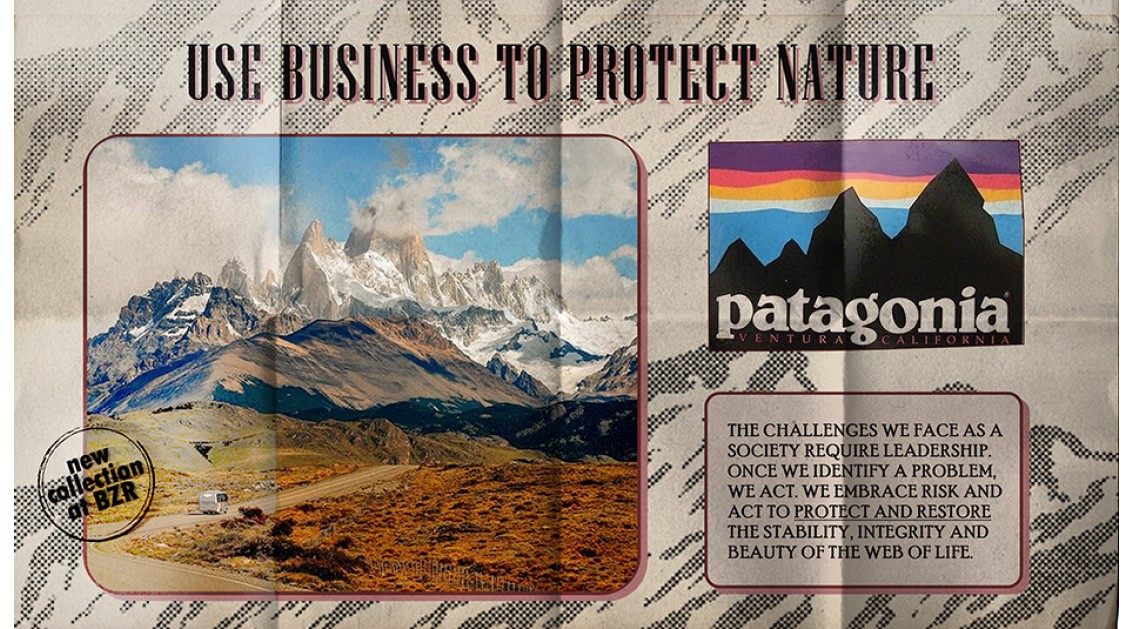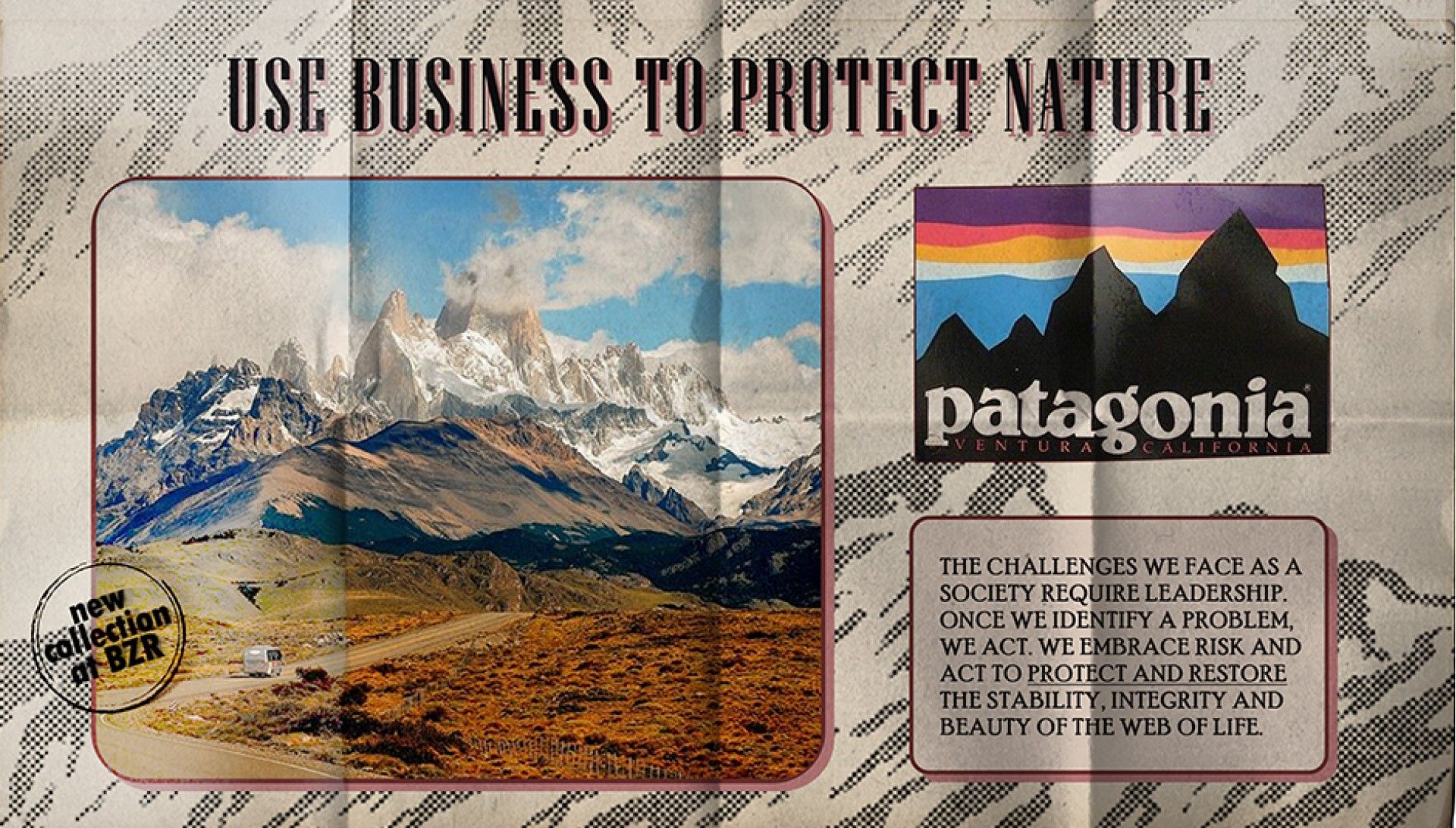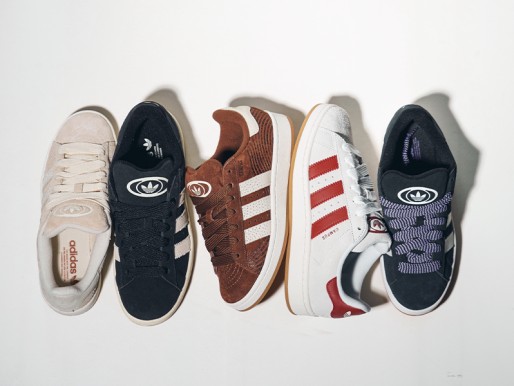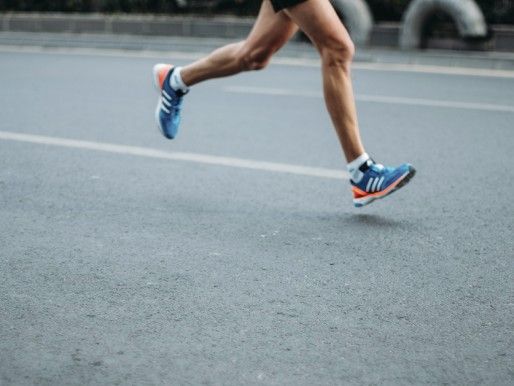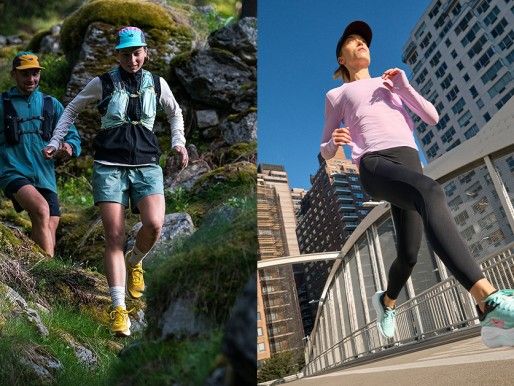"If you've been paying attention, you know things aren't going well for the planet. It's quite easy to get depressed about that. And I've always known that the cure for depression is action!". These are the first sentences of Yvon Chouinard, founder of the brand, in the video presenting Patagonia Action Works, a platform that brings together organisations that address environmental problems. This platform meets the company's mission: to save the planet.
It may seem like a utopian goal, but the truth is that at Patagonia people don't just talk the talk. People take action. With a strong social responsibility, the brand has stood out in the market for its sustainable behaviour. This can be seen either through its recycling and reuse programmes, or the welfare programmes for workers and animals, or the message of conscious consumerism that is at the heart of the brand.
Always very concerned about the environmental footprint of his products, Chouinard has adapted his company to his lifestyle. In 1985, Patagonia committed to donating 1% of sales to the preservation and restoration of the environment, through grants or by supporting organisations. In addition, in 2019, the brand donated over $6 million (approximately €5 million) to non-profit organisations responding to the climate crisis.
Despite the use of recycled materials in the creation of the products, recycling alone is not a solution. Transporting the goods, transporting the workers and running the factories all contribute to a larger ecological footprint. Therefore, by 2025, Patagonia has committed to reducing its environmental impact, aiming to remove more carbon from the atmosphere than it produces.
The plan is made up of six fronts. First is the use of renewable energy in all its establishments, be they shops, offices, distribution centres or factories. By 2019, 100% of the presence in the US territory and 80% of the global presence were using renewable energy.
Secondly the exclusive use of recycled and reusable materials in its products is outlined, with 60% of this season's line being made from recycled materials by 2020. By standard, all Patagonia products have information available about the materials from which they were made.
Already in third place is regenerative organic certification. This practice aims to reduce greenhouse gas emissions, bearing in mind that conventional industrialised agriculture is responsible for around 25% of the emissions causing the climate crisis. Furthermore, regenerative organic farming has as its main objective the health of the soil, which enhances the quality of the raw material and is extremely beneficial to the environment.
In fourth place comes investment in other carbon capture projects, such as reforestation. Finally, in the last two points are the expansion of the "worn wear" programme, where the use of second-hand Patagonia garments is encouraged as a way of combating today's rampant consumption, and the Patagonia Action Work platform that supports the projects of organisations that fight for the environment. With a strong activist component, Patagonia is very honest in the creation process of its products, giving the consumer the opportunity to see everything on the brand's website.
Quality is an environmental issue
It is scientifically proven that there is a correlation between the quality of a product and its durability. On average, according to Patagonia, the average American throws away about 36kg of clothes a year. To combat unbridled consumption, the brand bets on product quality, using a measurement system from 0 to 10. This system is measured by means of the following questions: Is it functional? Is it multifunctional? Is it durable? Does it cause any unnecessary harm? Is it repairable? Is it aesthetically appealing? Does it fit? Is it easy to care for? Is it globally relevant? Is the product and line simple?
According to Patagonia, the pieces currently produced average a score of 8.87, with any product below 8 being discontinued until improved. The potential of recycling, coupled with a circular economy and regenerative organic farming, results in a product with a longer life cycle. With a quality product, less is consumed, less waste is produced and those who produce the parts have more time to produce better.
Always focused on quality since the beginning, they will not stray from this path now. The brand appeals to the consumer to consume less and with awareness. The clothing industry is responsible for 10% of pollution and Patagonia argues that it doesn't have to be that way. It's not a question of stopping buying, but rather of buying consciously. Pieces with a long life cycle, multifunctional and second-hand pieces contribute to a more conscious consumerism.
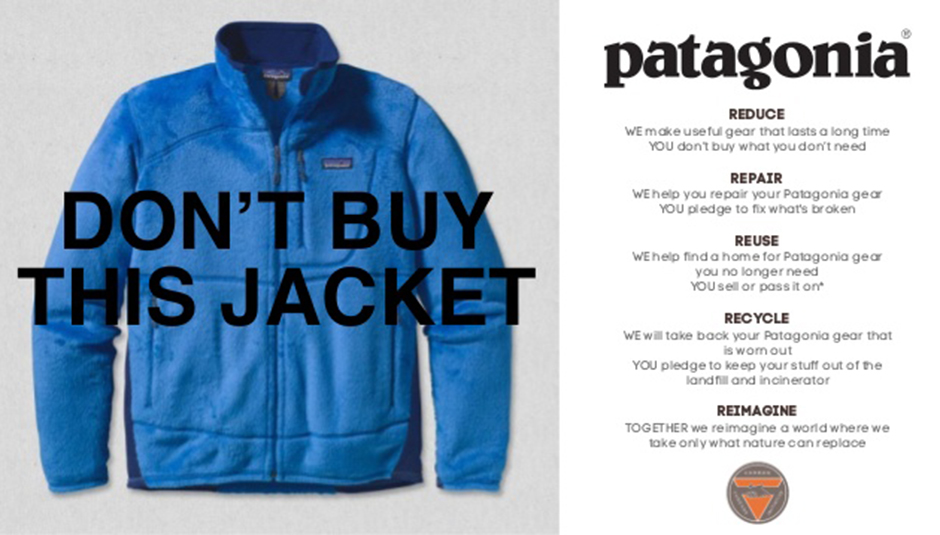
In addition to the care that Patagonia has for its products, there is yet another strong point in the brand: the use of its platform to disseminate stories and themes that deserve to be heard and scrutinised. The concept of decentralising the energy system so that communities can develop more, marine life and cultural tradition in a river diminished by the construction of dams and the deforestation of an indigenous territory in Tasmania are just three examples of the countless stories, whether in reportage or documentary, that can be found on the Patagonia website. Topics include fishing, snow, climbing, surfing, off-road racing, food, mountain biking, kitesurfing, activism, ecological footprint, culture, design, workwear and second-hand clothing. Find out more about the planet you live on.
We don't know about you, but for Patagonia the ultimate question will always be "Is it a 10"?

